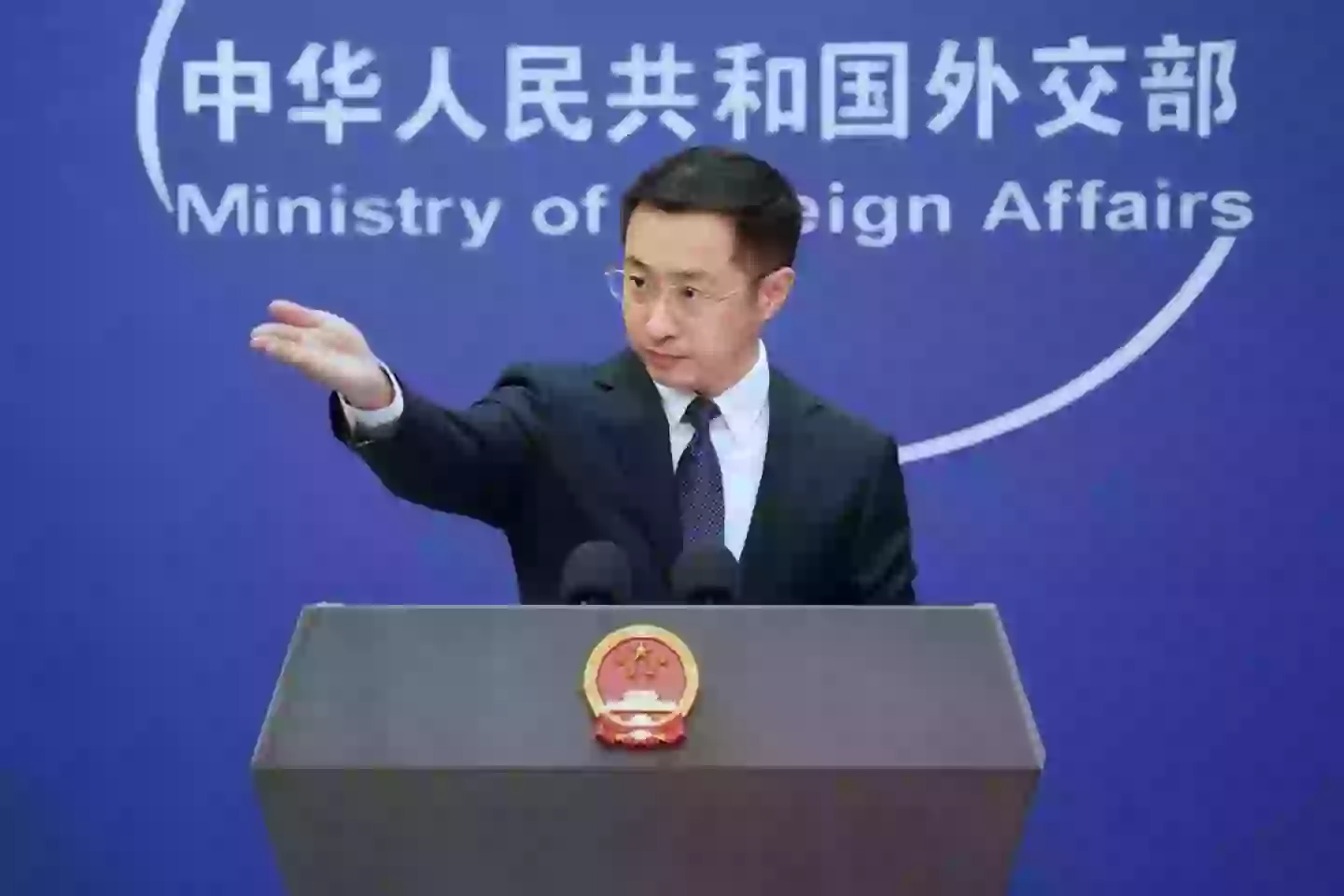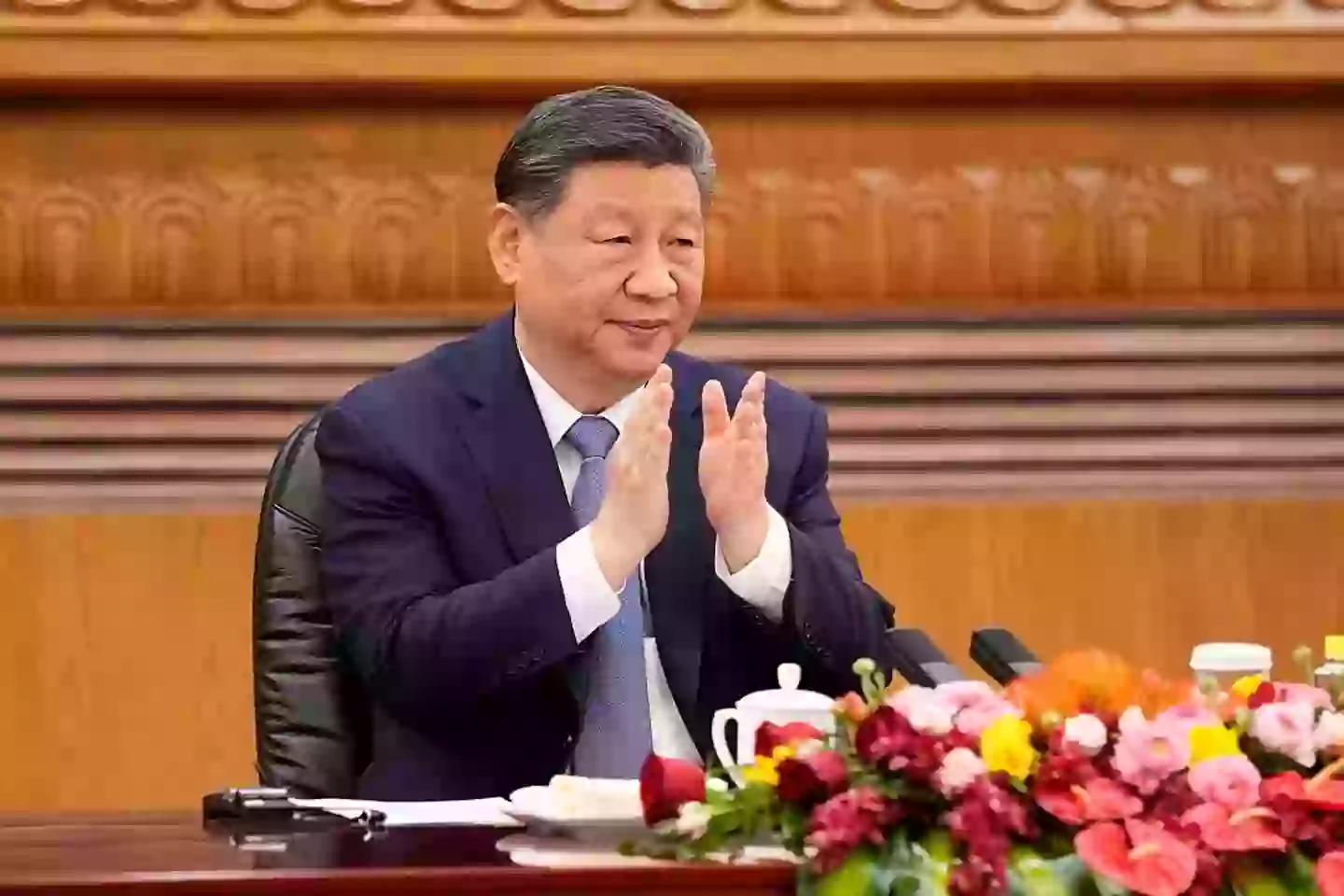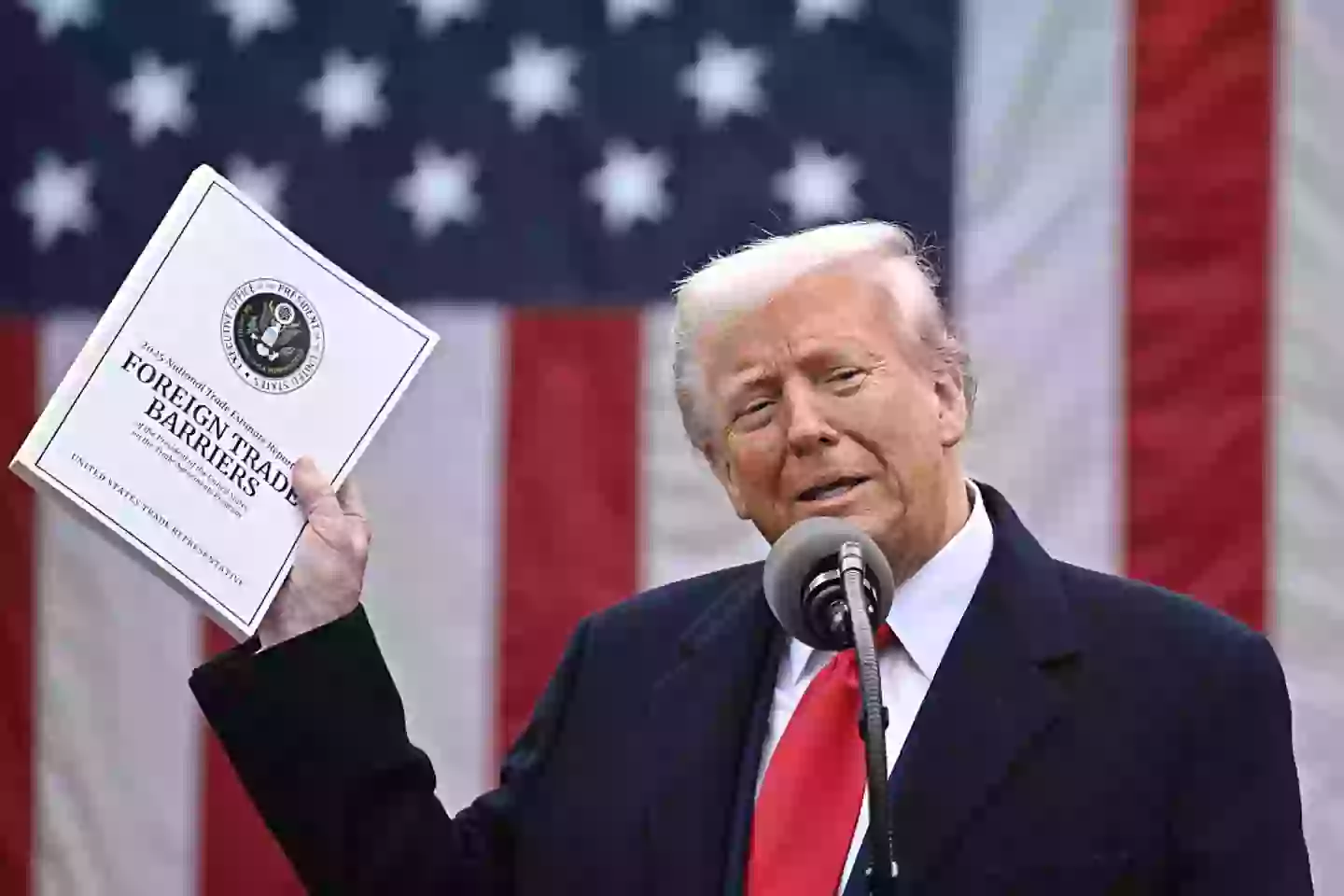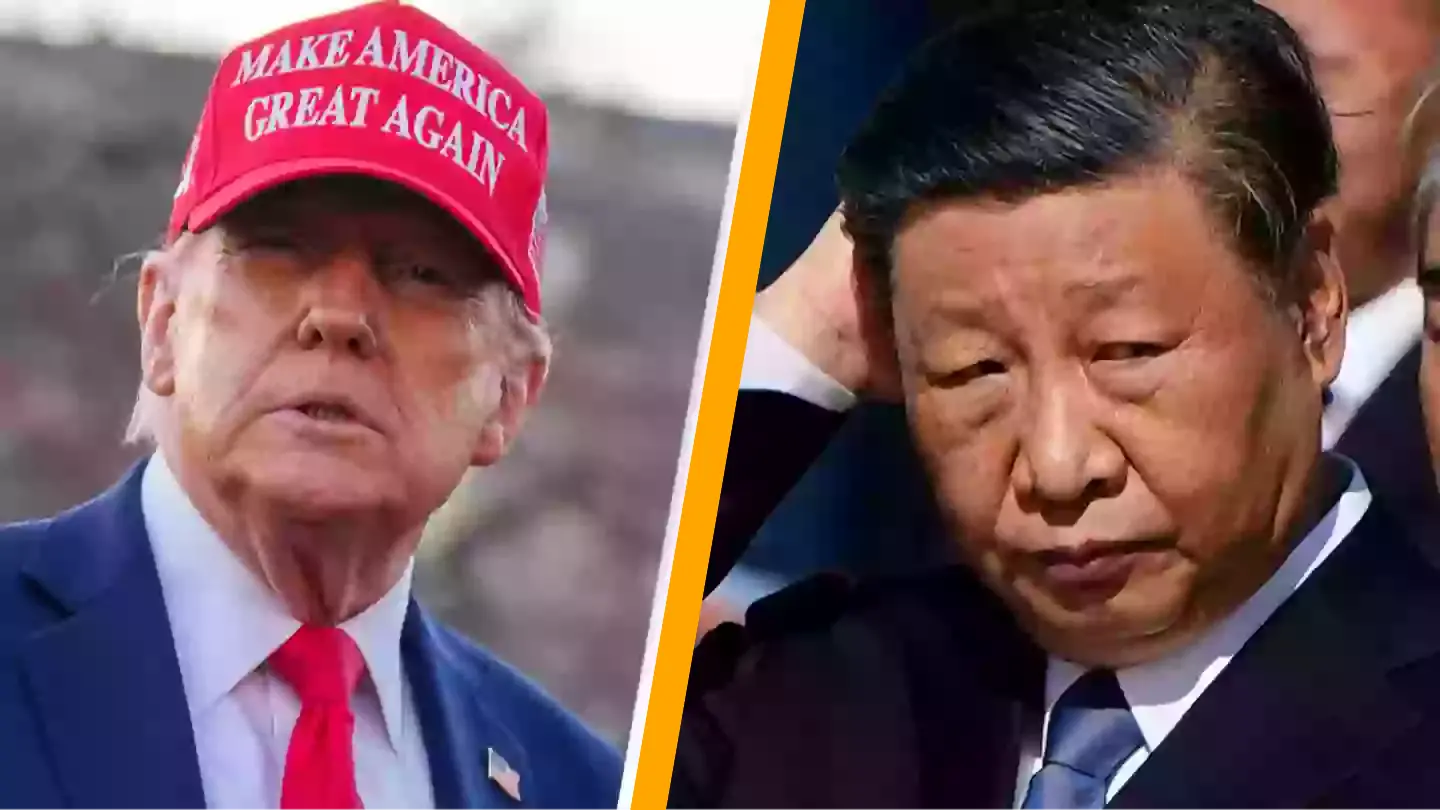China finds itself in a heated trade dispute with the United States following the president’s threat to impose a combined tariff of 104 percent on Chinese imports.
The US president significantly impacted global stock markets and strained relationships with longstanding trade partners, all within a day last week.
On April 2, Donald Trump outlined his plan to enforce ‘reciprocal tariffs’ on foreign goods from around the world, targeting both allies and adversaries.
While many countries face a baseline 10 percent tariff, several are preparing for even steeper taxes starting Wednesday (April 9) as Trump aims to stimulate the economy, increase jobs, and support domestic industries.

In his ‘Liberation Day’ address, Trump mentioned that the second round of tariffs would target ‘the worst offenders,’ specifically naming the European Union and China as the primary culprits who allegedly “rip us off” the most.
“This is Liberation Day,” the president declared from the Rose Garden. “We’ve been waiting for a long time, April 2, 2025, will forever be remembered as the day American industry was reborn, the day America’s destiny was reclaimed, and the day that we began to ‘Make America Wealthy Again’.
“For decades our country has been looted, pillaged, raped and plundered from nations, near and far, from both friend and foe alike.”
Now that China has pledged to “fight to the end” in this intense trade war with the US, here’s a comprehensive look at the conflict up to this point.
The US initiated a trade war with China during Trump’s first term, and Joe Biden maintained the tariffs during his presidency.
This conflict has been brewing and has now intensified with Trump returning to office, continuing his aggressive stance on Chinese imports.
Within just a few days of re-entering the White House, Trump targeted China, Mexico, and Canada, accusing them of facilitating illegal immigration and drug trafficking into the US.
A 10 percent tariff was subsequently imposed on all Chinese imports to the US on February 4.
This prompted China to retaliate by implementing 15 percent tariffs on coal and liquefied natural gas, along with a 10 percent tax on crude oil, agricultural machinery, and large-engine vehicles from the US starting February 10.

On March 4, Trump escalated the situation by doubling the tariff on all Chinese imports to 20 percent.
China responded by announcing tariffs of up to 15 percent on US agricultural products such as chicken, pork, soybeans, and beef.
The president then threatened a 25 percent tariff on all imports from nations purchasing oil or gas from Venezuela, with China being the largest buyer, acquiring 68 percent of its oil in 2023, as reported by PBS.
On April 2, Trump confirmed that the US would impose a 34 percent tax on imports from China in addition to the existing 20 percent, resulting in a total increase of 54 percent.
China, as expected, is not pleased with this development.
Beijing quickly announced, within 72 hours, its intention to impose a 34 percent tariff on US products starting April 10 to match Trump’s tariffs.
Trump responded by warning that China would face another 50 percent tariff as of April 9, bringing the total tariffs to 104 percent if China did not remove the levy.

China’s Commerce Ministry has accused the United States of ‘blackmail’ and ‘bullying,’ suggesting that further counter-tariffs could be in store for American goods in this ongoing conflict with Trump.
The ministry stated: “The US threat to escalate tariffs on China is a mistake on top of a mistake and once again exposes the blackmailing nature of the US.
“China will never accept this. If the US insists on its own way, China will fight to the end.”
In addition, China has filed a lawsuit with the World Trade Organization (WTO), claiming that Trump’s tariffs ‘seriously violate WTO rules.’
Trump has labeled China as the ‘biggest abuser of them all’ regarding trade practices and shows no intention of withdrawing from the dispute.
Posting on his Truth Social platform, he shared that China’s tariffs are adversely affecting the US.
“Oil prices are down, interest rates are down (the slow moving Fed should cut rates!), food prices are down, there is NO INFLATION, and the long time abused USA is bringing in Billions of Dollars a week from the abusing countries on Tariffs that are already in place,” Trump wrote.
“This is despite the fact that the biggest abuser of them all, China, whose markets are crashing, just raised its Tariffs by 34 percent, on top of its long term ridiculously high Tariffs (Plus!), not acknowledging my warning for abusing countries not to retaliate.”

If China does not reconsider its reciprocal tariff and Trump follows through with imposing a combined total of 104 percent tariff on Chinese goods, it is anticipated that China will likely respond in kind. This cycle may continue until an agreement is reached or a pause for negotiations is attained.
Meanwhile, financial experts warn that global stock markets will remain volatile amid the ongoing turmoil. Many US investors, including billionaire and Trump ally Bill Ackman, are calling for patience and a ‘timeout’ to reduce risks.

